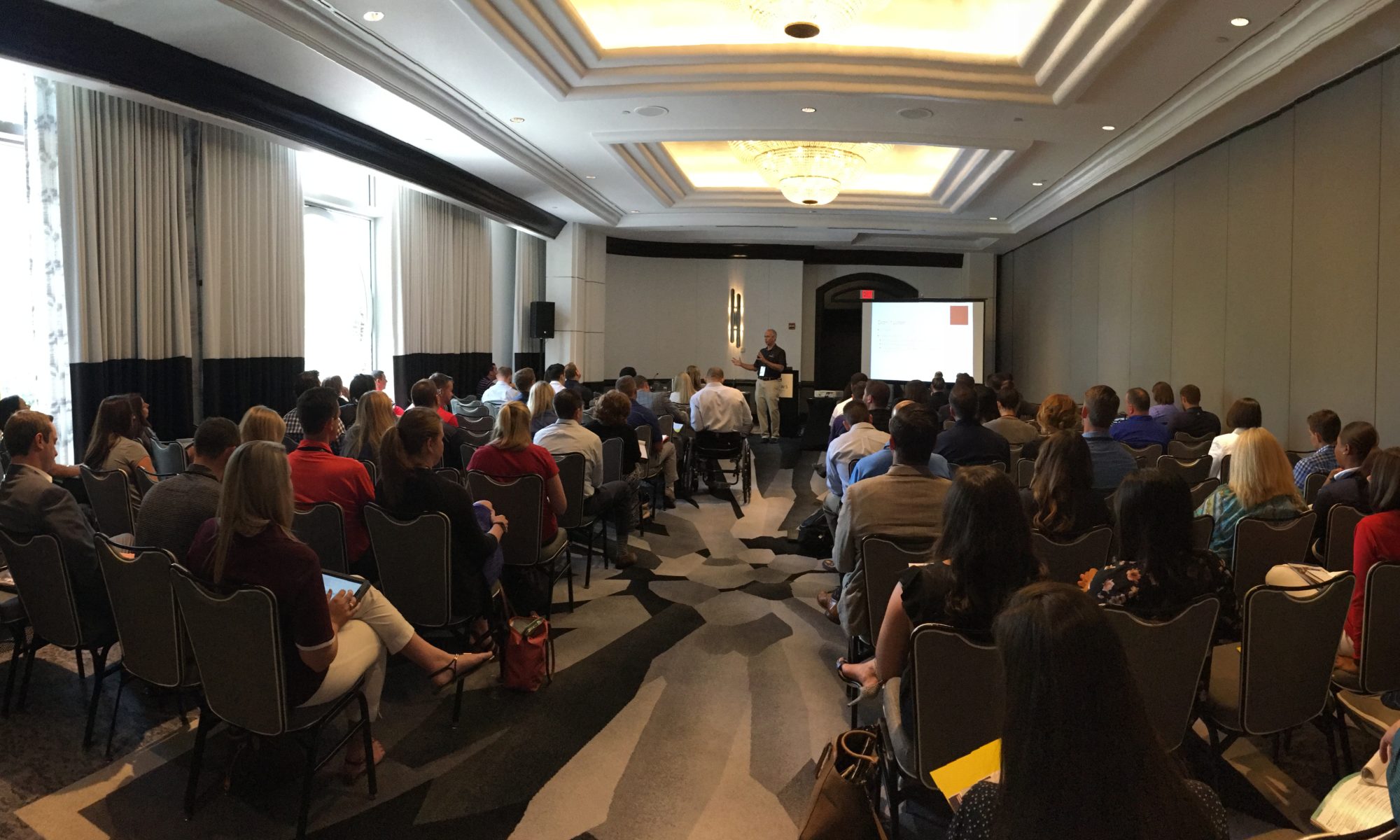William Bridges wrote a classic book on transitions. In it he basically said that it’s not the changes that will trip you up but the transition to the changes that contains the deeper pit. Subtle perhaps, but I’ve found him to be spot on.
Leadership transitions are going to happen. It’s always best to plan for them rather than respond to them, barring an emergency crisis out of our control.
In working with companies and teams and leaders, I’ve found a small handful of common difficulties that can be anticipated but are often not seen as priorities:
(1) When a previous leader is still with the company or while retired, stays around, it can cause team members to feel pulled in different directions between loyalty to the old and the need to develop a relationship with the new. Drawing up a plan, communicating clearly and sticking to it can help mitigate this problem.
(2) The new leader has the skills but “doesn’t fit in.” This has nothing to do with the abilities of the new leader and everything to do with the culture that exists, to which the new leader has yet to be initiated. Planning ahead can assist the transition here.
(3) When a new leader comes in with a plan and makes changes before listening, it can make for a difficult transition. A recent CEO change at USA Swimming found the new leader committing to 18 months of coffee meetings with every employee. The purpose: to listen, to ask about their job and if they could see themselves doing a different job.
New leaders should make a few changes, simply because their leadership approach is different than their predecessor. But to act like you know the answers before asking the questions, will do little to gain favor. The politics of a company, both formal and informal, are unknown to a “newbie.” It takes time to know the alliances that need to be built.
(4) After a promotion, a new leader can forget to re-tool, falling into the trap of “what got me here will get me there.” When moving into a new executive role, leaders have to stop doing more things than they need to begin doing new things.
(5) New leaders must beware of the eager people who want to be helpful and are first in line to meet and greet. In every one of my personal transitions, this has been the most accurate and consistent prediction I’ve experienced.
Companies that invest in searching for a new leader would do well to insure that investment by engaging with a Coach to walk with them through the leadership transition. I offer a pre-packed training called “Team Leader Assimilation” and also work with companies to design something different if that’s the route they choose to go.
Replacing a leader costs a small company $16,000 and a large company between 1 to 2 times the annual salary. How much is it worth to make sure the transition works and you aren’t looking to replace someone again in the short-term?
What would you add to the list? There are more potential pitfalls. Give me a call and let’s talk.
To Subscribe, email Jeff@levelupleadershipcoach.com with the word “Subscribe.”
